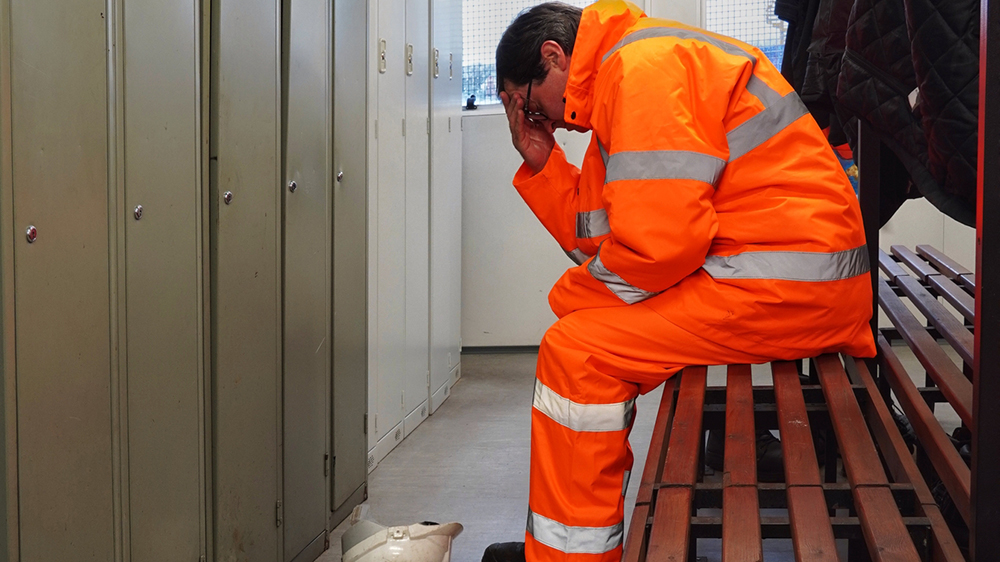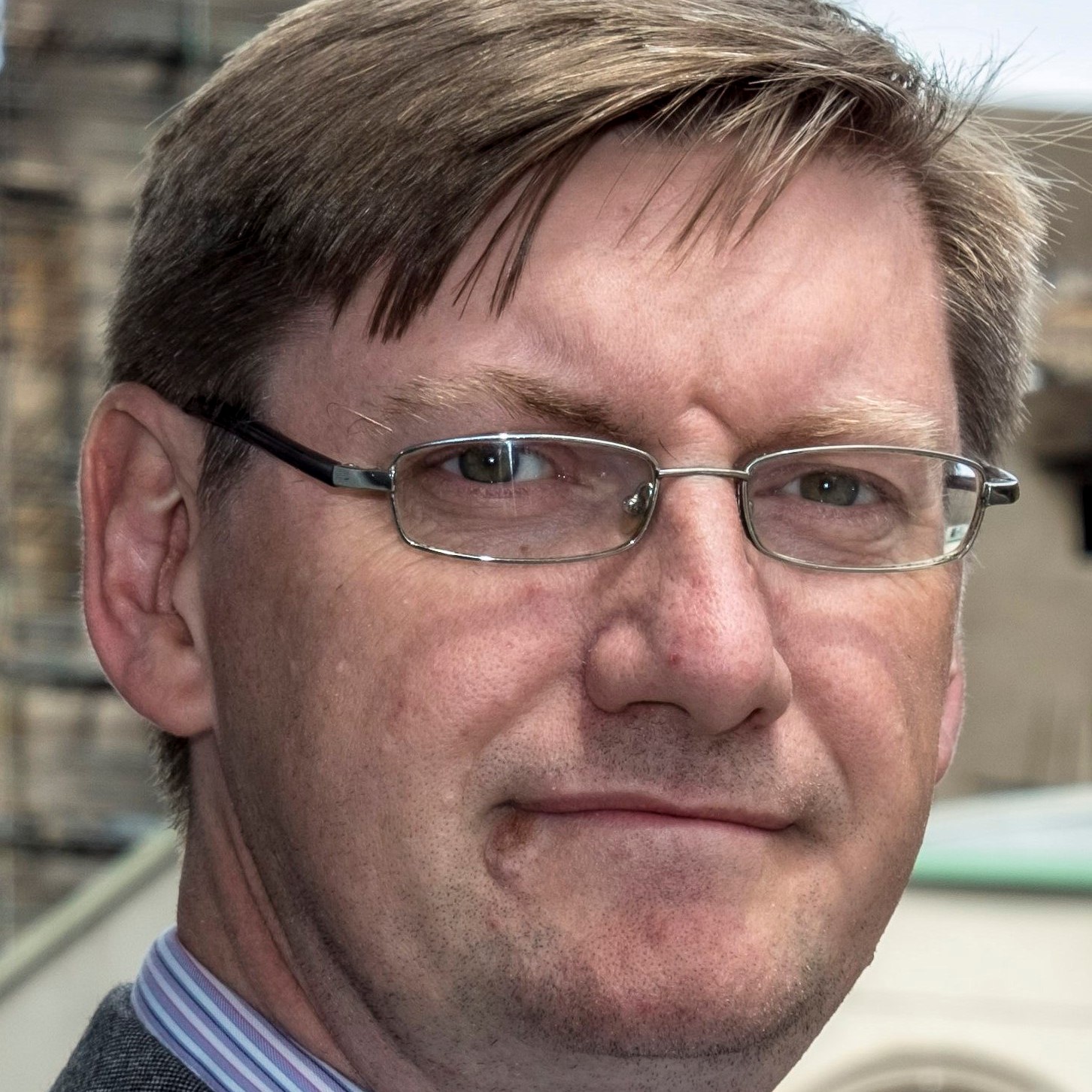
Academia Spotlight: Construction has taken time to understand the challenges of mental ill health but is finally ready for change, says Billy Hare, professor in construction management at Glasgow Caledonian University.
Tell us about the research you are currently working on.
Last year I was asked by the construction charity The Lighthouse Club to analyse suicide data for construction occupations and create a database showing the rate per 100,000.
This analysis is not routinely done by the Office for National Statistics (ONS) in the UK, so the findings that construction is three times the average of other occupations made for interesting reading, as this is viewed by some as the ‘acid test’ of how well (or otherwise) industry initiatives are improving mental health throughout the industry. This led to the Samaritans commissioning me to undertake a literature review of research on mental health within construction. There is a long-term plan to update The Lighthouse Club data every year.
What inspired you to pick this topic?
I’ve spent the last 20 years researching health and safety issues in construction. Not far into that journey I was made aware of contractors introducing random drug and alcohol testing, which I thought was necessary but was amazed to see that workers with positive tests were being automatically dismissed from site. There seemed to be no thought given to what problems they may have been going through, or the background or context surrounding their drug and/or alcohol use.
In around 2015, a guy who worked for one of those very same contractors made a presentation on mental health to a large room of delegates, including myself, and made the very same points I had raised 10 years earlier. It was then, I knew the industry was ready for change.
What’s the problem/issue?
I know from family experiences that mental ill health is real and encapsulates many conditions from anxiety and depression, to suffering a complete breakdown or worse. Unfortunately, these conditions are generally stigmatised by society, and even seen as not real in some cases. However, as can be seen by countless initiatives across the UK and beyond, the issues around mental health are being highlighted and discussed.
“The research around the causes and the possible solutions is already out there, especially in Australia where the construction industry is well ahead of the UK on the research and subsequent initiatives.”
The problem in construction is that the prevailing culture is of male masculinity. This does not help as males tend to hide their emotions and are reluctant to discuss their mental health. Combine this with the well-documented adversarial nature of construction, long and arduous working hours, often away from home and impacting on family as well as financial stresses and you can see why the suicide rates for construction are three times the industry average.
How do you see your work helping?
The suicide data helps to raise awareness. But also highlights the most significant occupations, for example labourers and unskilled workers have far higher suicide rates than managers and professionals. To be honest, the research around the causes and the possible solutions is already out there, especially in Australia where the construction industry is well ahead of the UK on the research and subsequent initiatives.
The industry here in the UK just needs to get on with implementation. Thankfully that is what is being done now by charities and other organisations providing resources and training. I see myself as the impartial academic monitoring the impact of such initiatives, to provide the empirical evidence so others can adopt the same.
Who is it aimed at in the industry?
The suicide data is aimed at the policy writers and the decision-makers. Those with the authority to make industry-wide changes. Unfortunately, the higher suicide rates of labourers and unskilled workers is a reflection of the society we live in as those on the lower end of the socioeconomic scale demonstrate similar rates: it’s just amplified in construction. So my research is aimed at directors and senior managers, and even construction clients and our government, who influence how construction projects are procured and managed, including the adversarial working environment, the long hours, and so on.
Where do you go from here?
I plan to update the suicide data year-on-year, and hopefully the rates will eventually begin to drop. But for this to happen, those in senior positions within the industry need to respond to my and other academics’ research on what and how things need to change.
Working with The Lighthouse Charity, I hope to expand the suicide database to include wider safety, health and wellbeing data aligned with specific construction occupations. This will mean the industry can see trends and target areas for improvement in a more scientific way. This needs funding and with the help of The Lighthouse Club I hope to reach out to contractors to support this.
Billy Hare is a professor in construction management at Glasgow Caledonian University, deputy director of the BEAM Research Centre and represents the university on the Scottish Building Health & Safety Group, Chartered Institute of Building (CIOB) Health and Safety Advisory Group and is a chartered construction manager.











